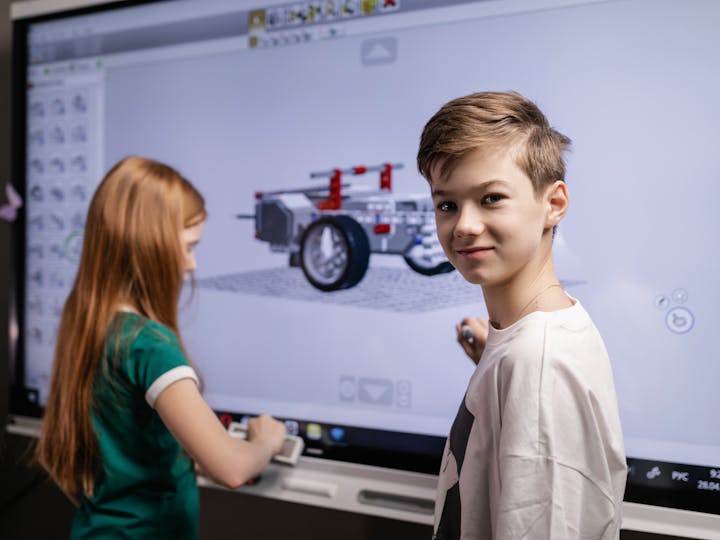Education has always been a cornerstone of personal and societal growth. As learning methods evolve, the importance of effective design in educational materials becomes increasingly evident. Thoughtful design can significantly impact how learners absorb information and apply it in real-life situations. This article explores how the design of educational content influences learning outcomes.
The Role of Visual Elements
Visual elements play a crucial role in capturing attention and aiding comprehension. Visuals—colors, images, and layout—either help or hurt how we learn. For example, good colors grab your eye and help you remember key facts. Pictures also help make tough ideas much easier to grasp. Getting instructional design consulting can also help.
But a messy layout often just overwhelms people, making them confused and quick to lose interest. The pictures in learning materials should support the main lesson, never pulling attention away from it.
Importance of User-Friendly Layouts
An intuitive layout guides learners through the material in a logical sequence. Learning here happens in layers. We guide folks to gradually pile up what they know, making sure fresh insights neatly attach to their existing mental maps. Clear headings, bullet points, and concise paragraphs break down complex topics into manageable sections.
A user-friendly design also considers the accessibility of materials. Making sure all students, especially those with disabilities, can get to learning materials helps everyone feel included and spreads education more widely.
Engaging Multimedia
Incorporating multimedia elements such as videos, audio clips, and interactive modules can enrich the learning experience. No matter how you learn, these tools make the facts pop. You’ll find yourself remembering everything with ease. Videos, like a quick demo or a client story, truly show you how things work. That’s a lively change from just reading.
When you get involved in these parts, you really grasp the ideas. These programs get people actively trying out new ideas. They turn sitting and listening into hands-on discovery.
The Influence of Typography
Typography, often overlooked, plays a significant role in readability and comprehension. Choosing the right font style, its size, and line spacing matters. These visual elements directly influence how well someone takes in new facts. Readable type helps minds zero in on the subject matter. There’s no wasted effort trying to make sense of jumbled letters.
The look of the words you choose directly shapes the mood of your writing. An appropriate font can convey seriousness, creativity, or friendliness, aligning with the educational goals of the content.
Feedback and Assessment Design
The design of feedback and assessment tools is equally important. Thoughtful critique illuminates a learner’s advancement and points requiring refinement. It’s better to see what someone truly grasps by having them put ideas into practice, not just by recalling facts.
When tests are put together well, students must think deeply. They have to use what they’ve learned. You’ll discover how much you’ve picked up, and the facts will truly settle into your mind for the long haul.
The Impact of Consistency
Repeated visual parts make people feel like they belong. When learners know what to expect, they can focus on the content itself rather than the structure. If all your learning materials look alike with colors, fonts, and layouts, your brain won’t struggle. You’ll just absorb the information more easily.
And when lessons are steady, students get a clear message. When you arrange things this way, you easily tie ideas together and get the topic.
Adapting to Technological Advances
With the advent of digital learning platforms, design considerations have expanded. Online education resources must be optimized for various devices and screen sizes. Want your content to be easy to use and see? Responsive design helps it work perfectly, no matter your device.
Imagine learning exactly what you need, at your speed; online platforms make that possible. Learning content can change for each person. Adaptive design makes sure the material fits exactly what a student needs. It builds a personal path, going at their speed and matching what they like.
Conclusion
What lessons look like and how they’re put together truly shape what students learn. Every picture, video, and sound bite plays a role. These elements help students connect with the material and truly grasp their learning. Prioritizing thoughtful design ensures that educational resources are not only informative but also accessible and engaging.
When teachers set up easy-to-use pages, choose clear text, and include interactive activities, they build places where students really learn. Digital advancements fundamentally alter educational frameworks. Cultivating adept, knowledgeable individuals requires integrating progressive instructional methodologies.


